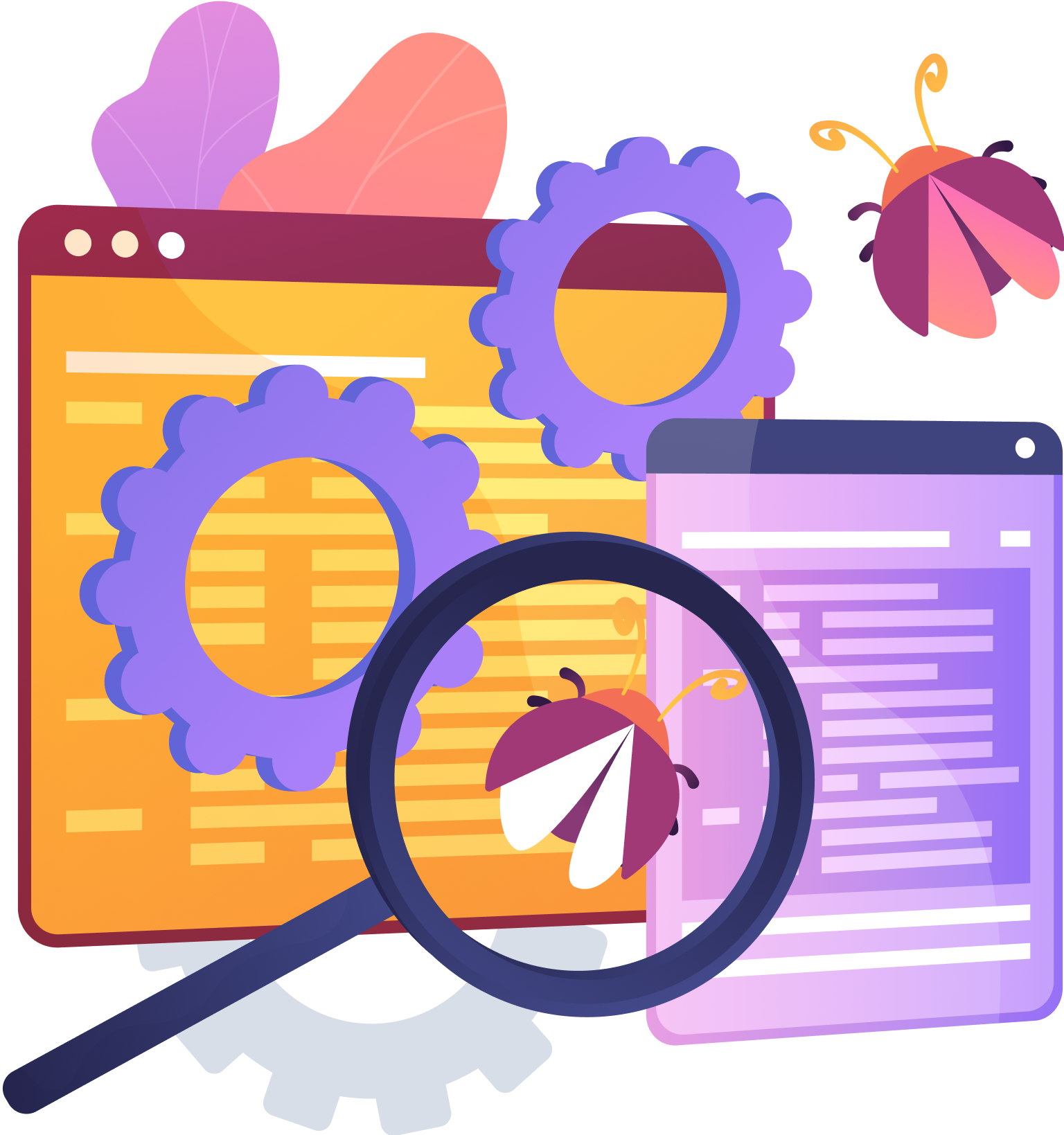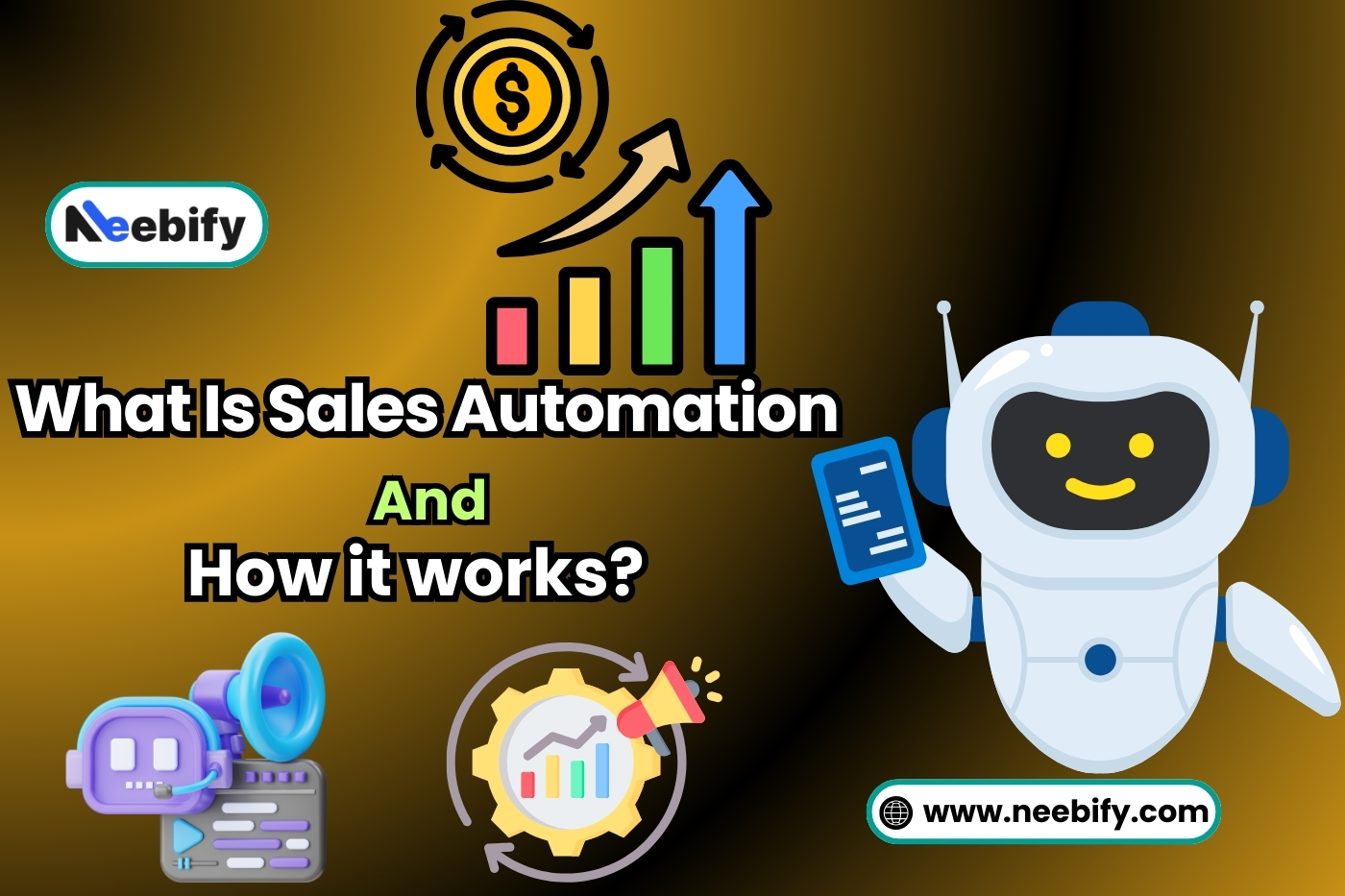List of Databases and Uses For Web Apps in 2024

Have you ever thought about what makes modern data handling work? This article explores different types of database names, how they are created, their uses, and the most user-friendly options available. We will learn about organizing data in tables, rows, and columns. We will also discuss how database management systems keep data secure and consistent.
If you love technology or are curious about data management, you can explore the top 10 databases. This can help you understand database technologies list and their importance in today's digital world.
Database System Structure
Data Storage
Structured forms like tables, rows, and columns help databases store and organize data in a way that makes sense. This structure ensures data safety by following rules for validating information and showing how data elements relate. This makes it easy to get data based on specific criteria or queries.
Database Management System (DBMS)
What is database management? DBMS software handles database tasks like adding, finding, updating, and deleting data. It maintains consistent data by following rules and limits.
It ensures data safety through access controls. It also provides tools for backing up, recovering, and improving performance.
Database Schema
Schema database list the tables, fields, connections, and constraints that make up the structure of a database. The text describes the data in each field and how it is verified. It also explains how tables are linked through primary and foreign keys. This keeps the database's data organized, correct, and consistent.
Query Language
Structured query language, or SQL, is commonly used to talk to relational databases. It allows users and programs to get specific subsets of data, add new records, update current data, and delete data based on set conditions. This makes data manipulation and retrieval quick and accurate.
Indexes and Keys
Indexes are data structures that make getting specific data in tables faster by creating the best access paths. Keys like primary and foreign keys help keep data consistent between connected data entities and make sure each record is different. They do this by creating relationships between tables, making it easier to retrieve data.
Transaction Management
The ACID properties (Atomicity, Consistency, Isolation, and Durability) regulate online database events, ensuring the accuracy and reliability of the data. Atomicity guarantees handling deals as individual units, regardless of their completion.
During deals, consistency keeps data valid. Isolation keeps multiple deals from interfering with one another. Durability ensures that committed events stay in place even if the system fails, protecting the data's integrity.
Uses of Databases
Databases are important in many fields because they provide organized places to store, organize, and access data quickly. Databases handle product catalogs, customer profiles, and deals in e-commerce, making shopping easier. Healthcare relies on online database to keep track of patient records, medical histories, and study data. This ensures that patients receive appropriate care and make progress with their medical conditions.
Schools use databases to track students, manage courses, and store study data. These databases enhance learning and help schools run more smoothly. Financial institutions need databases to process transactions, find scams, and follow the rules set by regulators.
Databases protect financial data and make sure operations are safe. These examples demonstrate the wide range of important applications of databases in modern society. They also show how important database software are for managing data and making decisions.
READ ALSO- What is Streameast App? How Its Work, and its Building Costs?
List of Database Name Based on Specialties
Oracle
Oracle is a relational best database management system (RDBMS) for large businesses known for being reliable, scalable, and has many features. It is very good at managing large amounts of structured data quickly and safely. Oracle offers advanced SQL features, data warehousing, real-time analytics, and various applications and platforms that work together without problems.
It has different editions for different types of businesses, from small-scale deployments to mission-critical company systems. These editions include data replication, advanced security choices, partitioning, and automated backup solutions.
MySQL
Many people like MySQL because it is fast, easy to use, and flexible. An open-source relational database management system (RDBMS). It runs many web apps, content management systems, and data-driven platforms because it works well with programming languages like PHP, Python, and Java.
MySQL is good for both transactional and analytical tasks because of features like ACID compliance, data replication, clustering, and security. Businesses needing reliable database solutions can scale them up or down from single servers to distributed architectures.
Microsoft SQL Server
Microsoft SQL Server is a type of software that helps manage databases. It is part of Microsoft's suite of tools and technologies. SQL Server works well with other Microsoft products. It is specifically designed to work with different types of databases.
It comes in different versions that are good for various types of businesses, from small to big ones. SQL Server efficiently handles structured data because it supports advanced querying with Transact-SQL (T-SQL).
It has data compression, in-memory processing, column store indexes, and strong data encryption. Its ability to work with Azure cloud services makes it even better for modern data-driven apps in terms of scalability, high availability, and disaster recovery.
PostgreSQL
PostgreSQL is a powerful open-source database management system. It is also known as "Postgres." It is highly praised for its flexibility, adherence to standards, and strong community backing. It does a great job with complicated queries because it supports custom data types, full-text search, and JSON data types.
PostgreSQL's design makes it easy to add more users, copy data, and set up high availability. It has advanced indexing, table splitting, logical replication, and geospatial data support. This makes it a top database choice for businesses that need a versatile database solution.
MongoDB
MongoDB is a well-liked NoSQL database system with a flexible data model, scalability, and user-friendly features for developers. Data is stored in JSON-like files, making it easy for modern web apps to work with unorganized and partially organized data.
The distributed design of MongoDB allows for horizontal scaling across clusters, ensuring that real-time applications and analytics workloads have high availability and performance. It has tools like aggregation pipelines, full-text search, native sharding, and automatic failover, making it easy for developers to create applications that can grow and fail.
Redis
Redis is an in-memory data structure store known for being very fast, having low delay, and being able to handle a wide range of data types. It stores keys and values, acts as a cache layer, and sends messages. This makes it useful for real-time apps, storing solutions, and high-throughput use cases.
Redis can handle complex data types like strings, hashes, lists, sets, sorted sets, and hyperloglogs. It also has tools like transactions, pub/sub messaging, Lua scripting, and clustering. Writers can rely on Redis for fast and reliable data storage and retrieval. Redis is easy to use, can grow with your needs, and is strong and dependable.
Elasticsearch
Elasticsearch is a fast, scalable search engine that can search in real-time. It is distributed and uses RESTful technology. Great for handling both structured and unstructured data. Perfect for tasks like searching text, analyzing logs, and monitoring applications.
Elasticsearch stores and retrieves data using JSON-based documents, which allow for complicated queries and grouping. Great for displaying data with Kibana and managing data with Logstash. This makes it a good option for building large-scale, helpful search and analytics projects.
IBM Db2
IBM Db2 is a reliable data management tool. Powerful and known for its speed and strength, it is. Db2 is a relational database management system (RDBMS). Enterprise-level apps that require high availability, transactional stability, and scalability can benefit from its design.
Db2 assists with SQL queries. It also includes data compression and advanced analytics with IBM Db2 Warehouse. Additionally, it integrates with IBM Cloud Services. This makes data management in hybrid cloud settings easier.
It comes in various editions, from ones that are good for the community to ones that are good for businesses. The enterprise-grade versions have features like data replication, better security, and workload optimization for mission-critical apps.
Snowflake
Users know Snowflake's cloud-based data platform for its unique design that separates the storage, compute, and processing layers. This makes data warehousing and analytics scalable and elastic. In addition to standard SQL querying, Snowflake natively supports semi-structured data formats such as JSON, Parquet, and Avro.
Snowflake can handle many tasks, from one-time queries to real-time data analytics, thanks to its automatic scaling and concurrency features. It can work well with common business intelligence tools and data pipelines. It can import, modify, and analyze data. This helps companies make the most of their data assets.
SQLite
SQLite is a popular embedded database system known for being simple, small, and easy to integrate into apps. It can work on its own without needing a server, which is great for mobile apps, embedded systems, and PC apps. SQLite supports standard SQL syntax and transactions and tools like ACID compliance, indexes, and triggers.
Because it works on multiple database platforms and doesn't use much memory, it's the first choice for developers who want a fast and reliable database option for small to medium-sized apps that don't need client-server architecture.
Microsoft Access
Microsoft Access is a desktop relational database management system (RDBMS) with Microsoft Office. It makes it easy to create and handle databases. It works for small businesses, government departments, and people who need database features but don't know much about programming. To share data, access works with SQL searches, forms, reports, and other Office programs.
Easy to use and comes with themes and visual design tools, making creating and managing databases easier. It works well for simple databases and environments with only one user, but bigger applications may need to switch to more stable RDBMS solutions for scalability and multi-user concurrency.
Cassandra
Cassandra is a NoSQL database system that is reliable, scalable, and can handle errors well in environments with multiple nodes. It does a great job of managing large amounts of data across many nodes without a single weak spot. Cassandra's eventual consistency model and decentralized design make it good for real-time analytics, managing IoT data, and content management systems that need to be able to grow very quickly.
It works with various data models, such as wide-column stores. It has adjustable consistency levels, automatic data partitioning, and built-in replication to protect data and improve speed in distributed deployments.
MariaDB
MariaDB is an open-source RDBMS that is fast, scalable, and compatible with MySQL databases. Transactions, SQL queries, and ACID standards enable it to perform various tasks. There are pluggable storage engines, replication options, and smooth migration tracks from MySQL, which are some things that MariaDB can do. Businesses and developers use MariaDB for strong database solutions in web apps, content management systems, and data-driven platforms.
Splunk
Splunk is one of the best platforms for processing machine-generated data and real-time analyzing. You can use it for tactical intelligence, security, and business analytics. It is great at collecting and analyzing lots of data from logs, events, and metrics, both structured and unstructured.
Splunk's SPL allows you to search and analyze data, find connections, and identify trends and patterns in the data. Many fields use it to monitor IT operations, analyze cybersecurity, and track business success. This lets companies make decisions based on data and effectively reduce operational risks.
Databricks
Databricks is a unified data analytics platform based on Apache Spark. Its primary functions are machine learning, scalable data processing, and collaborative data science processes. It gives you a unified space to load data, explore it, build machine learning models, and use them on a large scale.
Databricks works with many computer languages, like Python, Scala, and SQL, and lets you use interactive notebooks to see your data visually. It uses distributed computing and cloud infrastructure to process and analyze data without problems. This makes it a top choice for data engineers, data scientists, and analytics teams who want to find insights and make smart apps quickly.
Microsoft Azure SQL Database
Microsoft Azure provides the Microsoft Azure SQL Database, a relational database service that operates in the cloud. It lets current apps use scalable and managed SQL databases. You can use it for complex analysis, transactions, and SQL searches. It can also connect to Azure services such as Azure Machine Learning and Power BI.
You can choose from different speed levels in the Azure SQL Database. It also has high availability, automated backups, and security features like transparent data encryption (TDE) and dynamic data masking. It works great for cloud-native apps, mixed-cloud situations, and businesses that use Azure analytics and data management services.
Amazon DynamoDB
Amazon Web Services (AWS) designed Amazon DynamoDB, a fully controlled NoSQL database service, for high-performance, scalable, and low-latency apps. It simplifies scaling by automatically splitting up and copying data across AWS areas. This ensures high availability and fault tolerance.
DynamoDB works with various data types, such as key-value and document stores, and has features like transactions, secondary indexes, and on-demand capacity provisioning. You can utilize web applications, game platforms, IoT data storage, and real-time analytics. It can handle changing workloads and the need to create apps in the cloud quickly.
Hive
Apache Hadoop serves as the foundation for the data warehouse infrastructure known as Hive. It lets you query and summarize large, distributed data sets like SQL. It provides users familiar with SQL an interface they are used to. It enables them to query and analyze structured data saved in Hadoop Distributed File System (HDFS) or cloud-based storage systems like Amazon S3 and Azure Data Lake Storage.
Hive is great for handling large amounts of data, storing data, and analyzing business information. It allows users to create their own functions, improves query performance, and organizes data into partitions. This lets organizations quickly get insights from huge data stores.
What is the easiest database to use?
When it comes to ease of use, SQLite is one of the best and most straightforward choices for an online database. A small, embedded relational database management system (RDBMS) that doesn't need much setup or management. SQLite's single-file architecture means you don't have to handle a server. This makes it perfect for learning, small projects, and mobile apps.
It works well with computer languages like Python, Java, and C# and supports standard SQL syntax and transactions. SQLite is a great choice for writers who want something simple but still powerful because it is easy to install, portable, and runs quickly.
How Top SQL Databases Management and App Development Can Help You Succeed
Need help developing apps or learning how to use a SQL database? Contact us; we're the best web firm in the US. We are very good at making scalable apps for computers and phones, and the products are great. Our team is committed to crafting solutions that meet your requirements, ensuring seamless collaboration and optimal performance.
We're here to help you succeed in the digital world, whether you need help with an SQL database or building a strong app. Let's work together to make your dreams come true.









